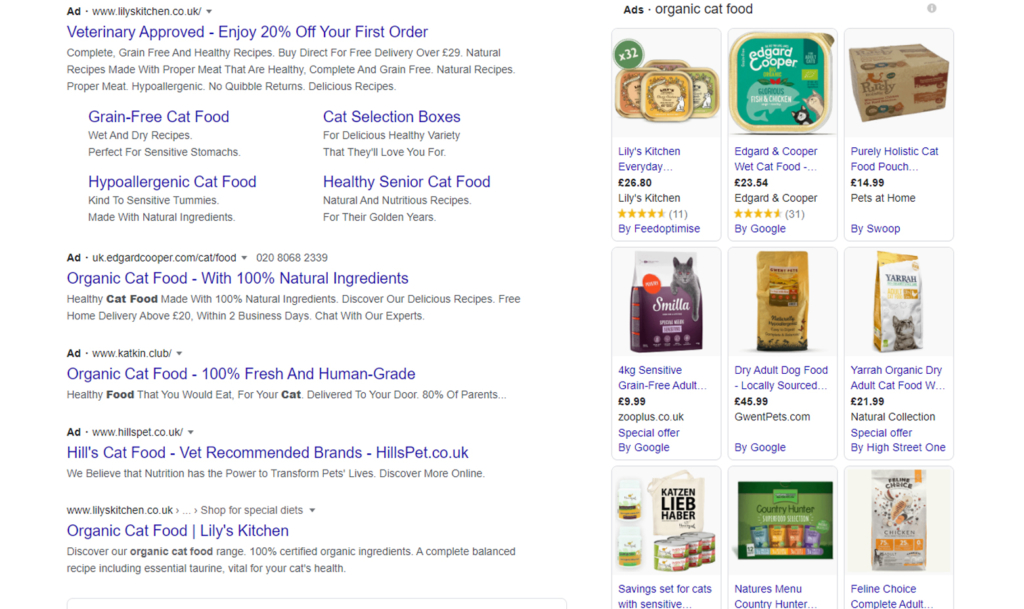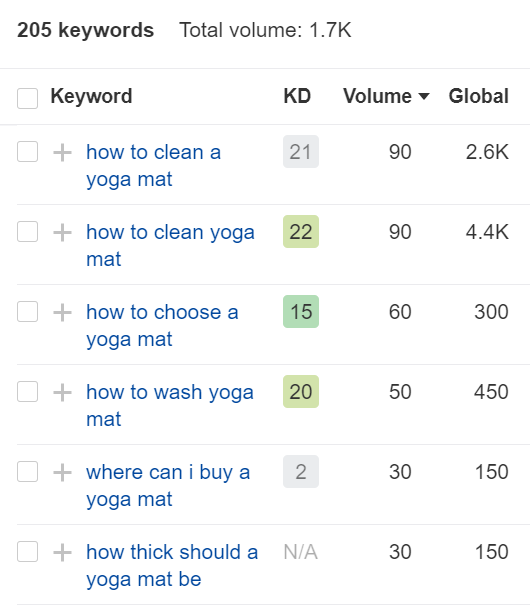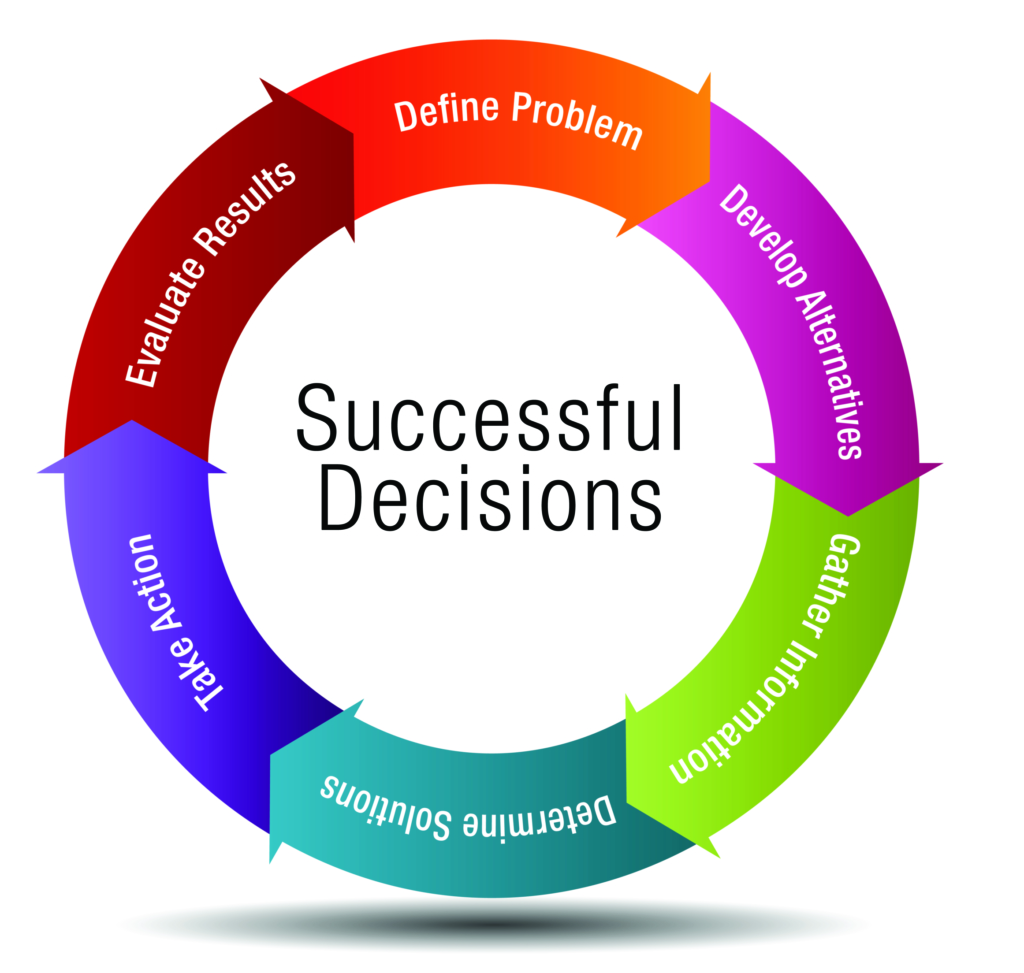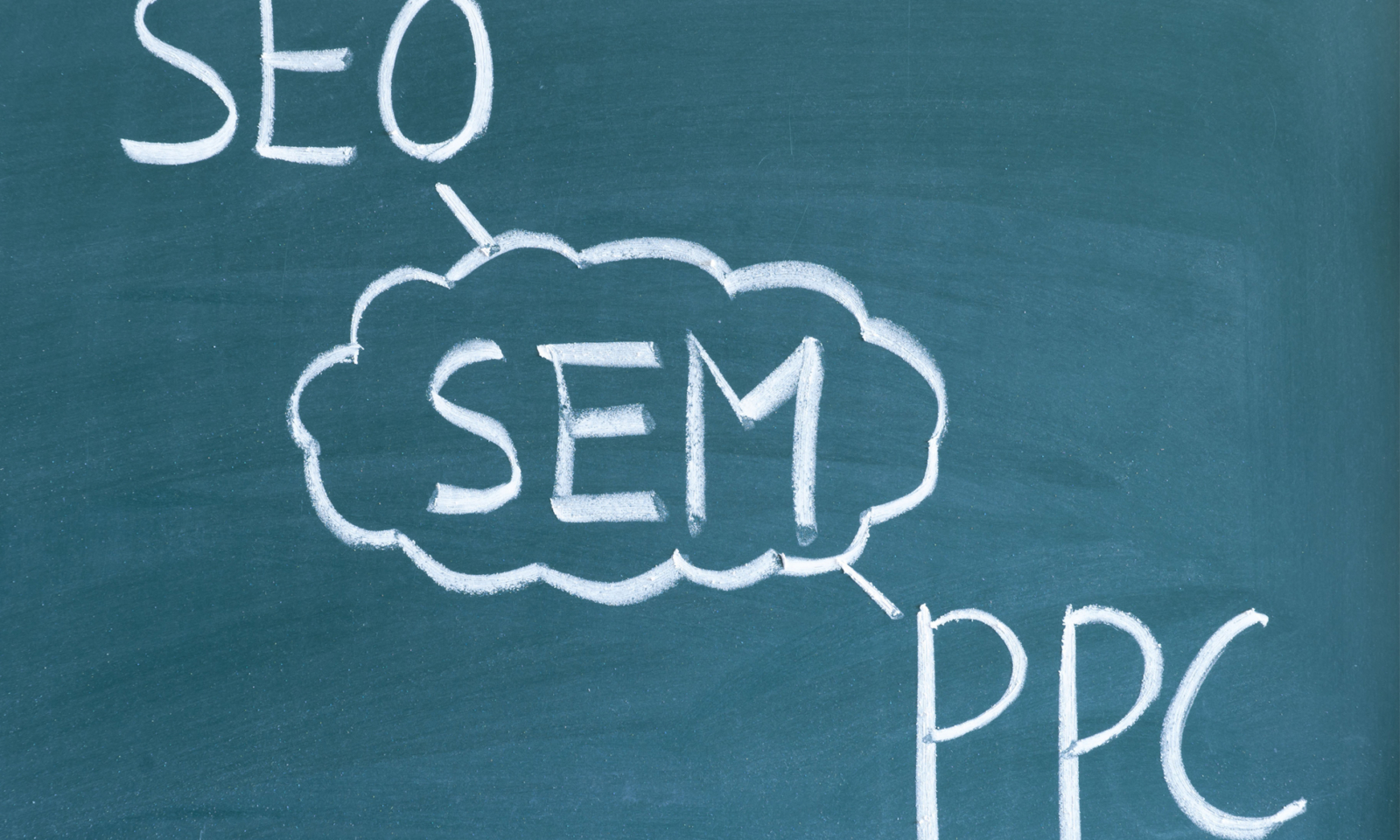Many moons ago, running ads in search was seen as more of an optional extra. Many brands were able to generate healthy revenues by dominating the organic positions because it was pretty clear back then which results were ads and which weren’t. The latest research shows that nowadays, around 60% of people can’t distinguish between an ad and a regular Google listing. With around 97% of Google’s revenue coming from Ads, we’re not expecting this figure to get smaller anytime soon.
A recent study by Sistrix found that the average click-through-rate for the first position in Google is 28.5%. For the second position, this falls to 15.7%, and for the third, it’s 11%. With most searches featuring up to four text ads now, and 60% of people not able to tell them apart, it’s difficult to argue the case for not running ads.
What determines when ads will show
There are several factors which determine what Google will show you when you search for something but the biggest one is your ‘intent’. For example, if you search for ‘hairdressers near me’ you will see the Google map pack because Google knows you likely want to visit the hairdresser in person. Searches with ‘purchase intent’ is where Google ads really makes its money.
For retailers, the biggest opportunities to drive revenue through Google Ads is for searches where the Google Shopping feature is present. The same study found that click-through-rate for an organic result drops to 13.7% when Google Shopping is visible.
How PPC & SEO can work together
Despite ads dominating the landscape, to use an old cliche; content is still king! Getting tactical with the organic results and serving great content still drives terrific results. PPC and SEO are only two parts to the puzzle, and the best campaigns come from complementing each other. Here are six ways in which SEO and PPC can work together to drive the best results.
Using Google Ads to test the waters
One of the biggest pros for Google Ads is that they can drive traffic to a website almost immediately. Let’s say you’ve just launched a new product and want to start generating interest. It’s relatively easy to set up a new Google Ads campaign, select the keywords you would like to be visible for, and start showing your website to potential customers.
To do the equivalent with SEO, you’re going to need to put a lot more effort in initially. You’re going to need to write optimised content and set aside a chunk of time to generate interest for PR and backlinks to build credibility. That’s not to say that this isn’t worthwhile doing, but it’s quite a commitment to go down this road when you can’t be sure that gaining solid organic positions will make a massive difference to your bottom line.
With PPC, you can set up a campaign and pay to be put in front of your target market. This isn’t limited to Google Ads either, Facebook ads, Pinterest and Snapchat can all help you test the waters. Once you find a receptive audience via paid, there’s a stronger argument for spending your time strengthening your website organically.
Generally, as an agency, we’re able to generate revenue a lot faster when covering both of these aspects for a client.
Test cutting your PPC budget in places where you’re strong organically
If you’re already spending a decent amount of budget on your PPC campaigns or have started reaching the upper limit of what you’re comfortable with, it can be tempting to put all of your money into the areas where your ROI is higher. However, this can sometimes choke your progress as it doesn’t allow you the flexibility to explore untapped avenues.
As an agency, we always recommend partitioning a budget for, let’s call it, experimentation. However, if you don’t have this luxury, you can always look at reducing spend on areas where you already rank well organically.
Let’s take an example by looking at the term ‘organic cat food’ in a desktop search below:

Here we can see Lily’s Kitchen appears five times in the shopping ads to the right. However, they also rank number one for this term organically.
You can be reasonably confident that if they turned off all shopping ads for this term, they would lose out on some sales but the risk is far less than if they didn’t rank for this term organically. You could also argue that overall profitability would increase as you would be giving less of your margin away to Google – if they wanted to free up budget for elsewhere, this could be the place to start.
Using a tool such as SEMrush allows you to see which keywords you’re ranking well for. You can then cross-reference this with your PPC reports to see which keywords are costing you the most and make efficiencies here.
Use click-through-rate data from PPC in your meta
With PPC, you can define your ad titles and descriptions, which is also the case for organic results where you can set your meta title and descriptions.


Although it’s important to ensure the keyword you’re bidding on is present in your copy, you can also focus on what combination of phrases drives the highest click-through-rate. The beauty of PPC is that this data is much easier to report on. If you’ve been optimising your ads’ CTR over the years, then it’s easy to apply your findings to your meta content – thus driving up your CTR in organic search. Without this PPC data, it can take months to learn which phrases help you get the best CTR.
Taking this approach may mean that your meta content doesn’t end up containing the perfect arrangement of optimised keyword phrases, but ultimately if people are clicking your result in Google more than your competitors, you’re going to be rewarded.
Find content gaps where ads don’t appear
No matter how inundated with ads we all are, there are times, believe it or not, when you’ll search for something and don’t get an ad. This is usually the case for more long-tail searches, but that’s not to say that being featured for these terms isn’t a good idea.
Tools like SEMrush and Ahrefs allow you to exclude any keywords which do not feature ads. However, these are not very reliable as Google is pretty good at recognising bots, and will generally not show ads to them. However, you can reliably filter keyword opportunities by ‘questions’ which are far less likely to have ads running on them. For example, searching for questions related to ‘yoga mats’ shows there are some excellent opportunities to create content – which is still relevant to your audience and free from the threat of ads.

Create better landing pages using quality score data
One of the factors in determining the amount you pay per click is the quality score of an ad. To simplify this concept, the lower your quality score for a given keyword, the less relevant Google thinks your ad is for that particular keyword and the more it’ll cost you. There are many ways you can go about increasing the quality score, but often if a campaign isn’t performing, the keywords get culled to leave more budget for the more profitable campaigns.
Instead of leaving these in the PPC graveyard, we can analyse these keywords and create content more suited to the intent of the searcher. In most cases, the reason why keywords fail is that the landing page is too simple. Sometimes a customer needs a little more information before committing to buy so in this case, a landing page which highlights the features of a product and answers FAQs around it would perform better than a simple product page.
Using Google Ads, you can export a list of all your deleted or paused keywords along with the landing page and look for opportunities to enhance this content. Once you have a better landing page experience, you can then feed this back into your campaigns.
Enhance your remarketing with long-tail content
PPC is a great way to introduce people to your product or service very quickly. However, depending on the complexity of the product, customers experience many touchpoints before making a purchase.
PPC is particularly effective at putting your product in front of customers and building awareness very early on in the ‘defined problem’ phase. However, it becomes a very costly exercise to rely on PPC to cover all of the other points in the decision-making process.

When a person is in the ‘gather information’ stage and comparing alternatives, the same Google Ad, which initially caught their attention, doesn’t do a very good job here. In this situation, writing a piece of content which compares your product to your competitors is much better suited.
The benefits of providing this content are two-fold. Firstly, you will start to drive free organic traffic from people searching for comparisons, for example, ‘Shark Vacuum Cleaner vs Dyson’.
Secondly, you can use this content in remarketing ads which is much more engaging for someone who hasn’t made their mind up yet.
SEO & PPC at Venture Stream
As you can see, there are numerous benefits to aligning your PPC and organic search strategies. For further advice and assistance with growing your ecommerce business, get in touch for a chat – we’d be more than happy to help.

